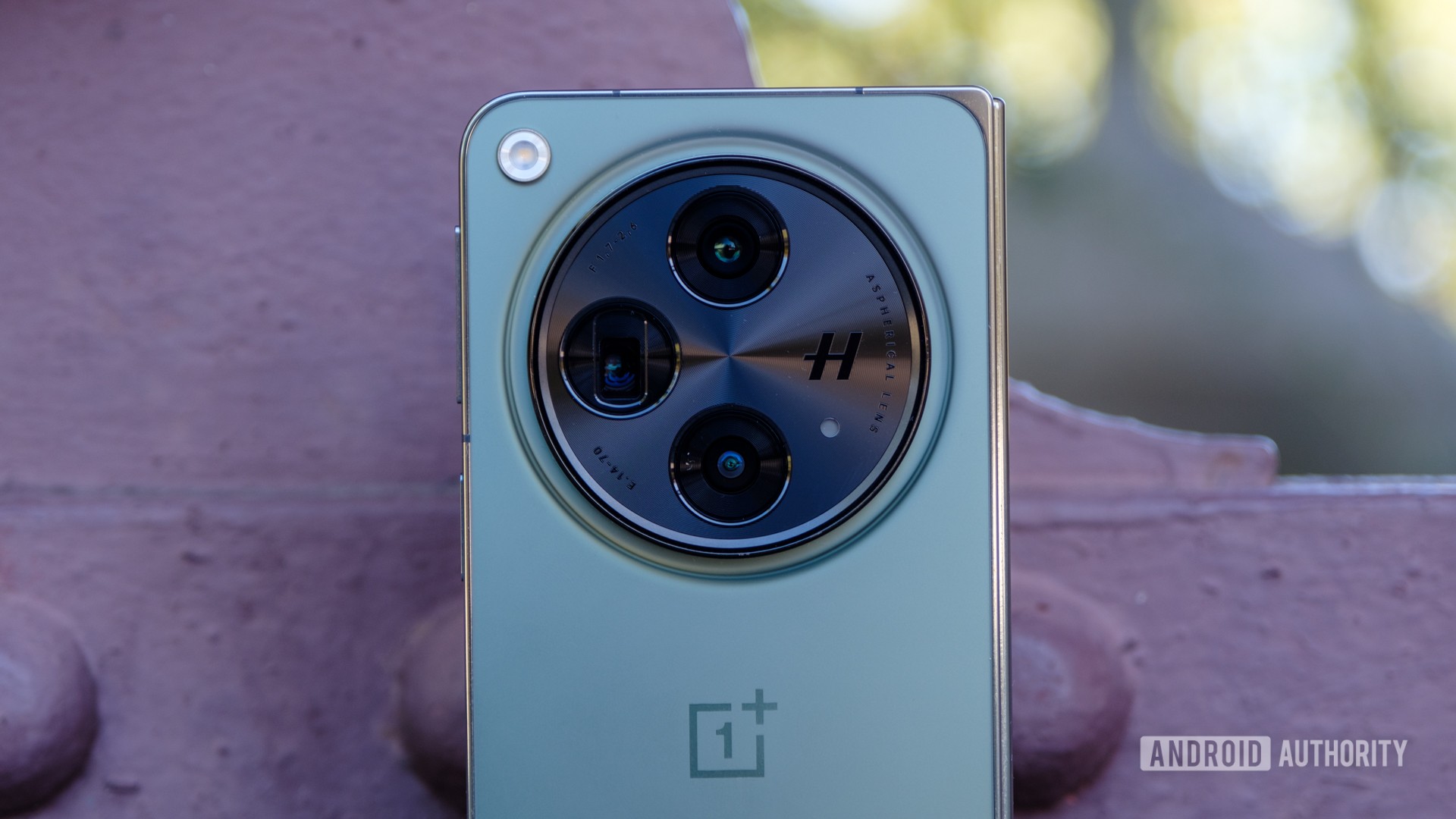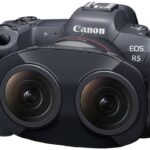Parafrasea y traduce esto al castellano: Total War: PHARAOH performance test: How does Feral’s latest historical epic run on Mac?

Parafrasea, extiende, elimina cualquier referencia a imore, traduce al castellano y añade cabeceras donde haga falta. El resultado debe de estar en castellano. A partir de ahora el contenido sobre el que hacer lo solicitado: I’ve played every Total War game since time immemorial, almost. I’m too young to have played the really old games like the original Shogun, but Rome: Total War was the first video game I ever bought, my favorite game of all time to this day, and the reason I think about the Roman Empire on a (more than) daily basis. With that in mind, you can imagine how excited I was to get my hands on the latest game in the Total War saga, Pharaoh, and play it on a Mac as part of my job. The old Total War games, notably Rome and Medieval, are playable on iPhone and iPad. For years, Creative Assembly’s games have suffered in the doldrums every other Mac game has, but now thanks to the good people of Feral Interactive, the latest in the series has a fully-fledged macOS version that’s not only compatible but optimized for Apple silicon. As such, they’re charging AAA money, $60 on Steam or the Feral Store. But is your hard-earned cash worth it? Can you actually play this game on a Mac and enjoy it?To find out, we’ve put Pharaoh through its paces to see if it works. Bear in mind that we’ve used a pretty decent setup, Apple’s 16-inch M2 Pro MacBook Pro with 16GB of Unified Memory. We’re also running macOS Sonoma and its exciting new Game Mode, which prioritizes access to the CPU and GPU for gaming. Installation and setupYou can get Total War: PHARAOH directly from Feral, but we’ve chosen Steam as our vehicle of choice. If you’re a PC gamer or already own a library, chances are you’ll want to do this too. Installing is as simple as buying the game and clicking install. Requirements state you need 50GB, but the actual download is 40.21 GB. The initial window presents you with some settings, notably resolution, a key setting that can make (or break) your frame rate. I chose the max setting (3456 x 2234) and cracked on, macOS Sonoma’s Game Mode immediately kicked into life, confirmed by a notification popup. Total War games are known for their epic intro videos, and PHARAOH is no different. A couple of clicks later I was loading into the campaign, choosing Ramesses for my first outing to keep things simple. The early cutscenes were impressive in their detail and smooth.Built-in benchmarks & graphics settings – battery power 1920 x 1200 at Ultra – the resolution recommended by Feral Interactive. (Image credit: Future)Pharaoh comes with a very handy built-in benchmarking tool, which can display scenarios set in Total War’s three main gameplay modes, the campaign map, battles, and sieges. This is a very handy way to quickly gauge the performance you can expect. I started my tests running on battery power, not plugged in. This is because Apple says its M2 Pro and Max MBP “maintain performance whether users are plugged in or on battery.” What I found surprised me.I set graphics to recommended and ran benchmarks at the aforementioned resolution. The campaign benchmark held fast at a steady 26 FPS. It was quite smooth because there aren’t really any dynamic elements on the maps. Battle’s are a different story, and the framerate fluctuated pretty wildly from around 25-26 to as low as 19 FPS, averaging 24 over the course of two minutes. Collisions between units noticeably impacted performance. A siege, which combines unit movements and fights with a highly-detailed city rendering (including some nice hippos) saw similar performance to the battle sequence, with the frame rate picking up to 25-26 when we left the inner reaches of the city. Even beyond the walls, however, unit clashes notably impacted performance. Overall it averaged 23.9 FPS. I was hoping for a decent boost by switching to “low” graphics settings, but while the textures of the battle map and units were noticeably worse, the framerate barely changed at all. The battle sequence opened at 26-27 FPS. The main difference is that unit collisions didn’t cause a drop in frames, averaging 26.9 the whole way through. Inexplicably, the medium graphics setting yielded identical results, and it wasn’t until I switched to high that I noticed a slight drop in frames, dipping to 20 on some occasions and averaging 24. 3456 x 2234 Ultra (Image credit: Feral Interactive)Ultra was the only graphics setting to have a noticeable impact on the frame rate, which saw the battle sequence drop to around 20 FPS, falling to as low as 16 during intense battle scenes. Graphics settings having yielded so similar results, I assumed that resolution would be a surefire way to eke out some performance. In one sense I was right, down at 1920 x 1200 battle gameplay is solid, but again it never rises above 26 FPS, at either low or Ultra. I then decided that V-Sync was the issue, but it wasn’t. Bizarrely, in all my testing, not a single setting I changed got the game over the 26 FPS mark.The upshot is that when it’s not plugged in, Pharaoh on macOS is drastically limited to never more than 28 or 29 FPS, and there isn’t a single graphics setting that will change this, so you might as well run it in Ultra. The game is playable, but it’s not necessarily enjoyable. If you want the graphics performance to respond to settings tweaks and a frame rate higher than 30FPS, you need to plug it in. Plugged in2560 x 1600 at High (Image credit: Future)Plugged into a power source we finally got some better results. Running the same battle benchmark (from which all the upcoming results are taken), both the Ultra and High graphics settings yielded 25-26 FPS. Likewise, our “recommended” settings sat around 25 FPS and still struggled during unit clashes. It was on the medium settings at 3456 x 2234, that we got our first breakthrough. 50 FPS! Medium retains quite a lot of the fidelity of the units on the battlefield, but the terrain itself didn’t look at all appealing. However, it was the first progress we’d made. The benchmark did fall to 40 FPS in close-up shots of units, but that’s still a lot better than without power. At 2560 x 1700, Ultra settings delivered a respectable average of around 40 FPS, although it did dip below 30 FPS during intense fighting. However, the fidelity of the terrain and the units was so much better than the lower graphics settings, that it seems dropping the resolution is the best way to eke out performance without compromising the visual experience. High settings got us up to around 50 FPS, and medium delivered buttery smooth frames of around 80 or even 90FPS, never dropping below 75. Any lower and you can definitely hit the 120Hz limit of the ProMotion display, but a strategy game doesn’t really need to be played at this level. For me, the sweet spot was around the 45-50 FPS mark at the 2560 x 1700 resolution setting. 2560 x 1600 at Ultra (Image credit: Future) Key settings I wanted to see if there were any individual settings that impacted graphics performance, so went back up to the full-bore 3456 x 2234 Ultra setting. Yet nothing I tweaked by itself changed the performance, even Total War’s old faithful, unit size. The only setting that will get you meaningful results by itself is resolution. Total War games have always been notoriously hard on processors and GPUs, but as I’ve said this game was definitely playable on our setup. However, I would shudder at the thought of trying to run it on an M1 chip, and even the M1 Pro lineup might struggle. M1 Max or its M2 follow-up is likely your best bet if you’re desperate to play this game. VerdictThe campaign map still looks excellent in 1920 x 1200 (Image credit: Feral Interactive)Total War: Pharaoh runs on the MacBook Pro with M2 Pro pretty well, just not if you’re running on battery power. If you’re on the go, you can expect no more than 26 FPS on average, and your battery isn’t going to last very long, either. Plugged in, there’s no performance impact on the High or Ultra settings at full resolution, but below that things start to improve. PC gamers might expect to find a recommendation for 1440p…










